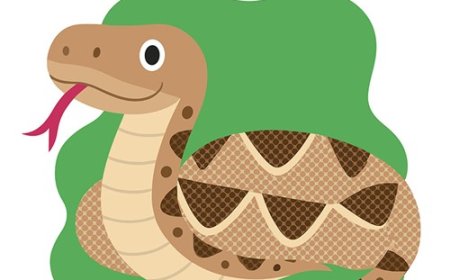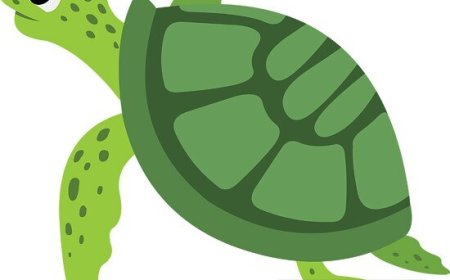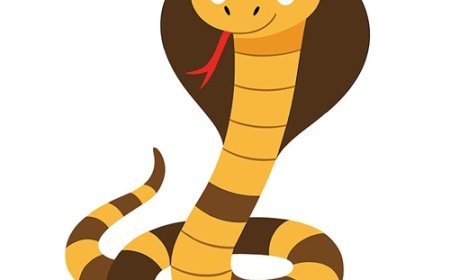Insectivores for Kids: Fascinating Facts About Shrews, Moles, and Hedgehogs
Discover the amazing world of insectivores! Learn all about shrews, moles, hedgehogs, and solenodons—where they live, what they eat, and why they matter. Perfect for students and curious kids.

Insectivora
Common Name: Insectivores (now part of Eulipotyphla in modern classification)
Scientific Group Name: Formerly Insectivora (now includes families within Eulipotyphla)
Distinctive Feature: Small mammals specialized in eating insects, with sharp pointed teeth and high metabolism.
Introduction
Insectivores are a group of small mammals that primarily eat insects. For many years, scientists classified them under an order called Insectivora. However, modern science has updated their classification, and most former insectivores are now grouped under the order Eulipotyphla. This group includes animals such as shrews, moles, hedgehogs, and solenodons.
Even though they're tiny, insectivores play a big role in ecosystems. They help control insect populations and are food for many larger animals. Most live secretive lives, burrowing in the ground, crawling through leaf litter, or sneaking around at night.
Physical Description
Insectivores are usually small mammals, ranging from 3 to 15 centimeters (1 to 6 inches) in body length, depending on the species. Their bodies are covered in fur and built for fast movement and hiding in tight spaces.
- Pointed snouts: Great for sniffing out insects.
- Small eyes: Adapted to underground or nocturnal lives.
- Sharp teeth: Perfect for piercing and crunching insects.
- Short limbs: Strong claws for digging.
- Sensitive whiskers: Excellent hearing to detect movement in the dark.
Hedgehogs are the only insectivores with spines. Shrews look like tiny mice with long noses, while moles have powerful front paws and tiny hidden eyes.
Habitat and Distribution
Insectivores live almost all over the world, from North and South America to Europe, Asia, and Africa. They can be found in a variety of habitats:
- Forests: Shrews and hedgehogs often live in woodland areas rich in leaf litter.
- Grasslands and meadows: Great for foraging insects and hiding from predators.
- Underground tunnels: Moles create complex tunnel systems for living and hunting.
- Tropical regions: Solenodons live in Caribbean forests, such as Hispaniola and Cuba.
They are mostly terrestrial, but some shrews can swim, and a few are semi-aquatic like the water shrew.
Diet and Hunting Behavior
As their name suggests, insectivores mostly eat insects—ants, beetles, worms, spiders, and more. But they also eat:
- Snails and slugs
- Small lizards or amphibians
- Bird eggs
- Roots or fruit (occasionally)
Shrews and solenodons even have venomous saliva to paralyze their prey—a rare trait in mammals! Moles hunt underground, sensing movement through the soil with their sensitive snouts. Hedgehogs snuffle through undergrowth using their noses and excellent hearing.
They are fast eaters with very high metabolisms—some shrews must eat every few hours to survive.
Reproduction and Lifecycle
Insectivores usually live short, fast-paced lives. Most reproduce in the spring and summer when food is abundant. After a short gestation period:
- Shrews and moles: 2–10 babies per litter.
- Hedgehogs: Up to 6 babies, called hoglets.
- Solenodons: Only 1 or 2 babies at a time.
Babies are born blind and hairless, staying in the nest until stronger. Mothers nurse them for 2–4 weeks before they start foraging on their own.
Many insectivores live only 1–3 years in the wild, though hedgehogs can live up to 7 years in safe environments.
Behavior and Social Structure
Most insectivores are solitary and nocturnal. Shrews and moles are territorial and will fight intruders.
Interesting behaviors include:
- Hedgehog defense: Rolling into a tight spiky ball when threatened.
- Mole tunnels: Complex underground systems with food storage chambers.
- Sonic hunting: Solenodons use clicking sounds like echolocation.
- Tail-trains: Baby shrews hold onto the tail of the one in front when moving together.
They rely on scent and sound more than sight and mark territories with scent glands.
Conservation Status
Many insectivores are not endangered, but some rare species face serious threats, including habitat destruction, pollution, and climate change:
- Solenodons: Endangered and live only on a few islands where forests are disappearing.
- Some shrews: Vulnerable species in Southeast Asia and Africa.
- European moles: Common but often persecuted to protect gardens.
Conservation efforts focus on protecting forests, reducing pesticides, and raising awareness of their importance in ecosystems.
Cultural Significance
Hedgehogs appear in myths and stories. In ancient Egypt, they symbolized protection. Modern characters like Sonic the Hedgehog have made them famous with kids. Shrews were sometimes seen as bad luck in European folklore, while moles appear in classic books like The Wind in the Willows.
| Word | Definition |
|---|---|
| Insectivore | An animal that primarily eats insects. |
| Eulipotyphla | The modern scientific order including shrews, moles, hedgehogs, and solenodons. |
| Venomous | Capable of producing poison to harm or immobilize prey. |
| Metabolism | The chemical processes that keep an organism alive and give it energy. |
| Nocturnal | Active mainly at night. |
| Solitary | Preferring to live alone rather than in groups. |
| Hibernate | To spend the winter in a deep sleep to save energy. |
| Echolocation | Using sound waves to locate objects, like sonar. |
| Territory | An area that an animal defends against others of the same species. |
| Living Fossil | A species that has remained almost unchanged for millions of years. |
Interesting Facts
- 🦔 Hedgehogs can hibernate during winter in cold areas.
- 🧪 Shrews and solenodons have venom—a rare trait in mammals.
- 🕳️ Moles have extra thumbs! These special thumbs help them dig.
- 🏊♀️ Water shrews can swim underwater to catch insects and tadpoles.
- 🔥 A shrew’s heart can beat over 1,000 times per minute!
- 🐾 Solenodons are living fossils that haven’t changed in over 75 million years.
References
- Nowak, R. M. (1999). Walker’s Mammals of the World (6th ed.)
- IUCN Red List
- Smithsonian National Museum of Natural History
- Animal Diversity Web
- Encyclopedia of Mammals (David W. Macdonald, Ed.)




















































